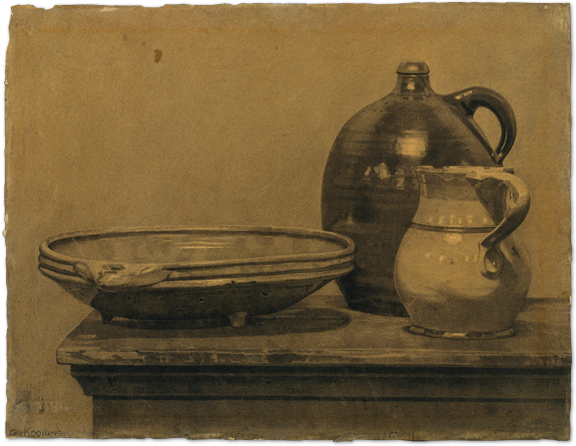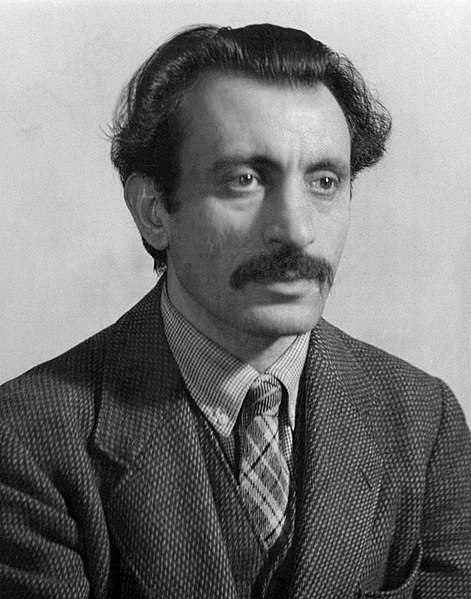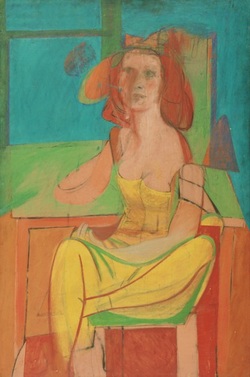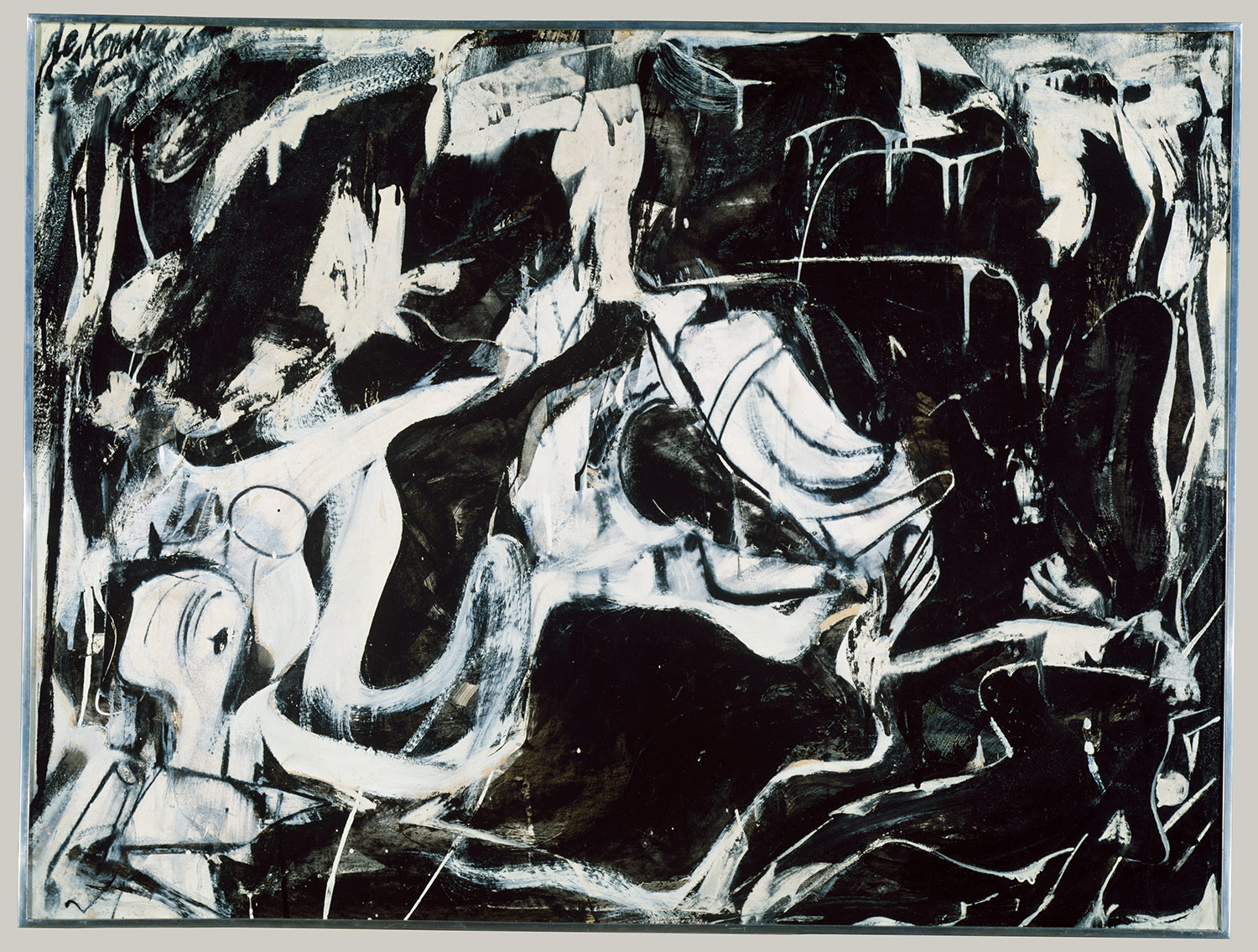Oh, what am I saying, I was inspired by him! Even my friend Arshile Gorky was in awe of him. (See my previous post). The fact that Picasso founded the Cubist movement is such an amazing thing that earned him my respect. I’m quite sure he was the main reason why I ended up trying to also emulate that quality of having the subject or foreground blend with the background until you can’t differentiate them. And I’m quite happy that I’ve somewhat managed to do it now (despite the numerous tantrums and failures I’ve experienced) That being said, our works are actually still quite distinct from each other:
 |
| Woman I (1950 - 1952) by Willem de Kooning Oil on Canvas |
 |
| Weeping Woman (1937) by Pablo Picasso Oil on Canvas |
Firstly, I think it would be easier to mention the similarity between our works. You can see we’re preoccupied with drawing women at certain stages of our lives. And it’s also obvious that we’re…um… not exactly treating them kindly in our canvases.
Another thing to note also, like I previously mentioned, Picasso influenced me on trying to make the edge between subject and background ambiguous so in my work, you can see how I tried to do just that. But that is pretty much where all the similarities end and the differences start!
For one, the way we paint the women’s figures is different. Picasso, being a cubist, of course relies on heavy black lines to delineate the forms and shapes that create the woman in the painting. The forms and the shapes itself are highly geometrical with many sharp angles and edges. Me? I would like to describe my lines as being more…”organic” in a sense. Those lines are anything but solid and instead, are smudged and mixed with each other.
Picasso also disfigures the woman in the painting by skewing the face symmetry, highly simplifying yet at the same time stylizing features and squashing perspectives. I, however, exaggerated features of the woman: her eyes, her teeth, her mouth, and her bosom. And while you can still somewhat roughly identify the entire woman’s body part in Picasso’s painting, in mine you just can’t make out certain parts. Her hands and arms are totally obliterated by splashes of color and her left leg is also already blending to the background.
On color palette, Picasso uses very garish, contrasting flat colors making the painting look very disjointed because the individual geometrical shapes seem to be accentuated. I, however, decided to paint it in a rather muted palette in comparison and if you look closely, I do have a bit of shading to bring out the three dimensionality of the subject. Although I used red, green, blue and yellow, their tones are somewhat grayish and since there are indeed a lot of gray in my painting, the colors and elements in the painting are somehow unified. I think all these differences may be accounted to the different intention we have when painting.
For Picasso, it is to try and depict how much pain, suffering and grief can be expressed through the human face. He based this on one of his mistress’ face, Dora…Marks? Mare? Maar? I can’t remember her name. Argh. Dementia’s acting up again. I think it is Dora Maar. (edit by Chua Ek Kay: Yes, it’s Dora Maar, people.) He keeps on saying, "Dora, for me, was always a weeping woman....And it's important, because women are suffering machines."
On the other hand, I paint because of lust. Unlike Picasso, I can’t remember who that lady was but I can tell you she was one pretty lady. *drools*
Erm, but anyway, I set to do this painting and did what I did. You can say this is an expression of pent-up sexual frustration but if there’s anything “Woman I” did to me it is that it eliminated composition, arrangement, relationships, light, because that motif was the one thing I wanted to get hold of. I thought I might as well stick to the idea that it's got two eyes, a nose and mouth and neck! Okay, you ladies out there might be thinking very low of the two of us right now. I…can’t say we’re not guilty but trust me, when we love a woman, we respect them...
 |
| Portrait d'Olga dans un fauteuil Portrait of Olga in the Armchair (1918) by Pablo Picasso Oil on Canvas |
 |
| Portrait of Elaine (1940) by Willem de Kooning Pencil Sketch |
...because any male artist should think twice, or even more than that, before he decides to make his girlfriend look disfigured in her portrait! Hell hath no fury like a woman scorned!
That is all for now from me. Bless your heart, readers!



























